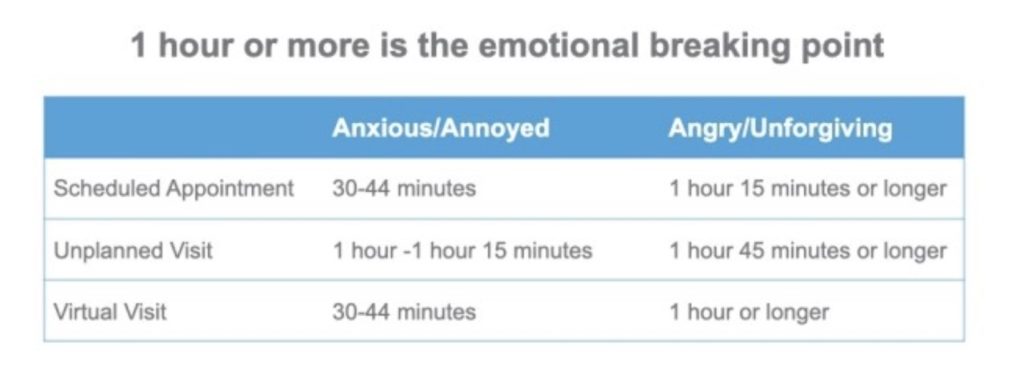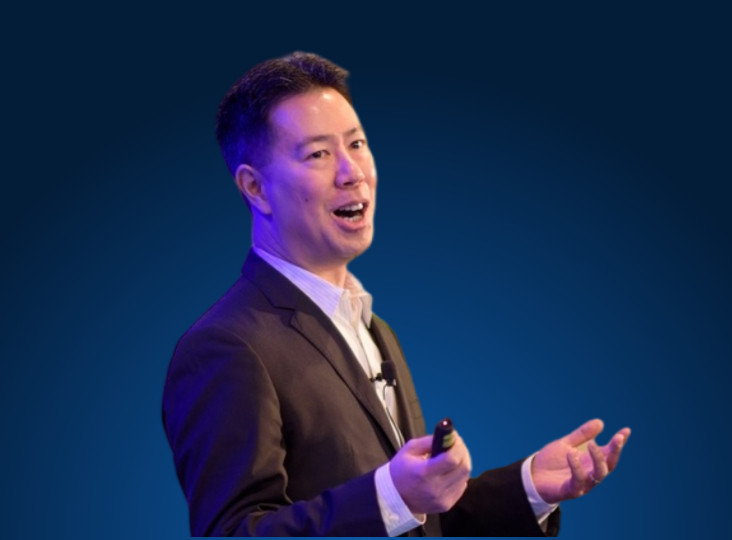How health systems can understand the full impact of wait times
Wait times are among the most important factors contributing to consumer loyalty. Fortunately, there are strategies that providers and organizations can implement to manage expectations and deliver an experience that keeps Human Understanding at its core.
A recent NRC Health analysis of data from Market Insights—the largest online healthcare-consumer perception study in the United States, measuring the opinions, behaviors, and characteristics of more than 300,000 people annually—identifies the tipping point for consumers.
Toya Gorley, Improvement Advisor at NRC Health, recently hosted a webinar, “Understanding the Full Impact of Wait Times,” and underscored that patients come to healthcare systems feeling various emotions. They might feel overwhelmed, afraid, or worried—and these emotions are heightened as they wait. In essence? Healthcare is emotional.

As it turns out, consumers are willing to wait under certain circumstances: when they believe that they are receiving high-quality care, and when they have a relationship with their provider and the health system.
Consumers are willing to wait when…
For a scheduled appointment:
- 79%—they feel they are seeing the best/highest-quality provider in their area
- 77%—they like/get along with their provider
- 72%—they feel their provider has more experience/expertise than others in their area
For an unplanned visit:
- 74%—they previously visited the same provider for the same type of care
- 63%—the provider is affiliated with their preferred hospital or health system
One way health systems can mitigate unforeseen factors is by teaching everyone service-recovery skills to embrace complaints, apologize without placing blame, and explain what they can do to turn the situation around. Gorley says organizations can mitigate frustrations with wait times by making the appointment or visit more meaningful.
“I often say to make it worth it,” she says. “We can refresh empathic communication skills such as listening, validating emotions, sitting down, and using teach-back techniques. Many organizations we work with implement a provider shadowing and coaching program where they shadow providers, highlight the good behaviors, and then make some suggestions for what else those providers might do to make the interactions more meaningful.”
And it’s important to remember care providers are frustrated by waits too. “Involve them in solutions to address long waits and celebrate the instances when experiences are meaningful for everyone – patients and care providers,” Gorley says.
Learn how one-hour functions as the tipping point by watching on-demand now.


